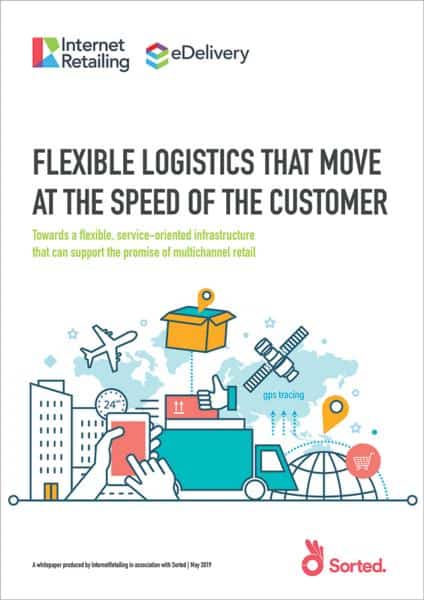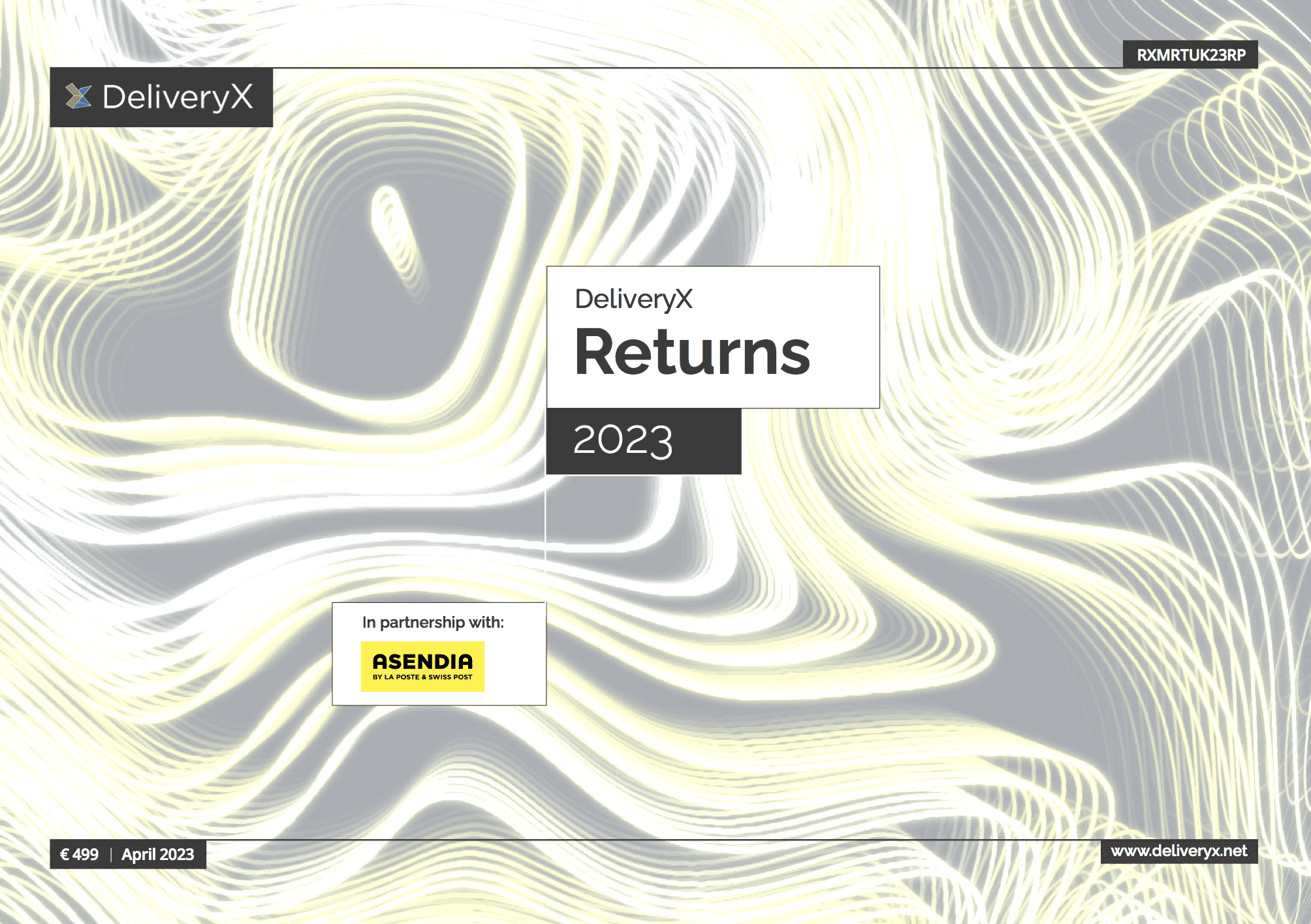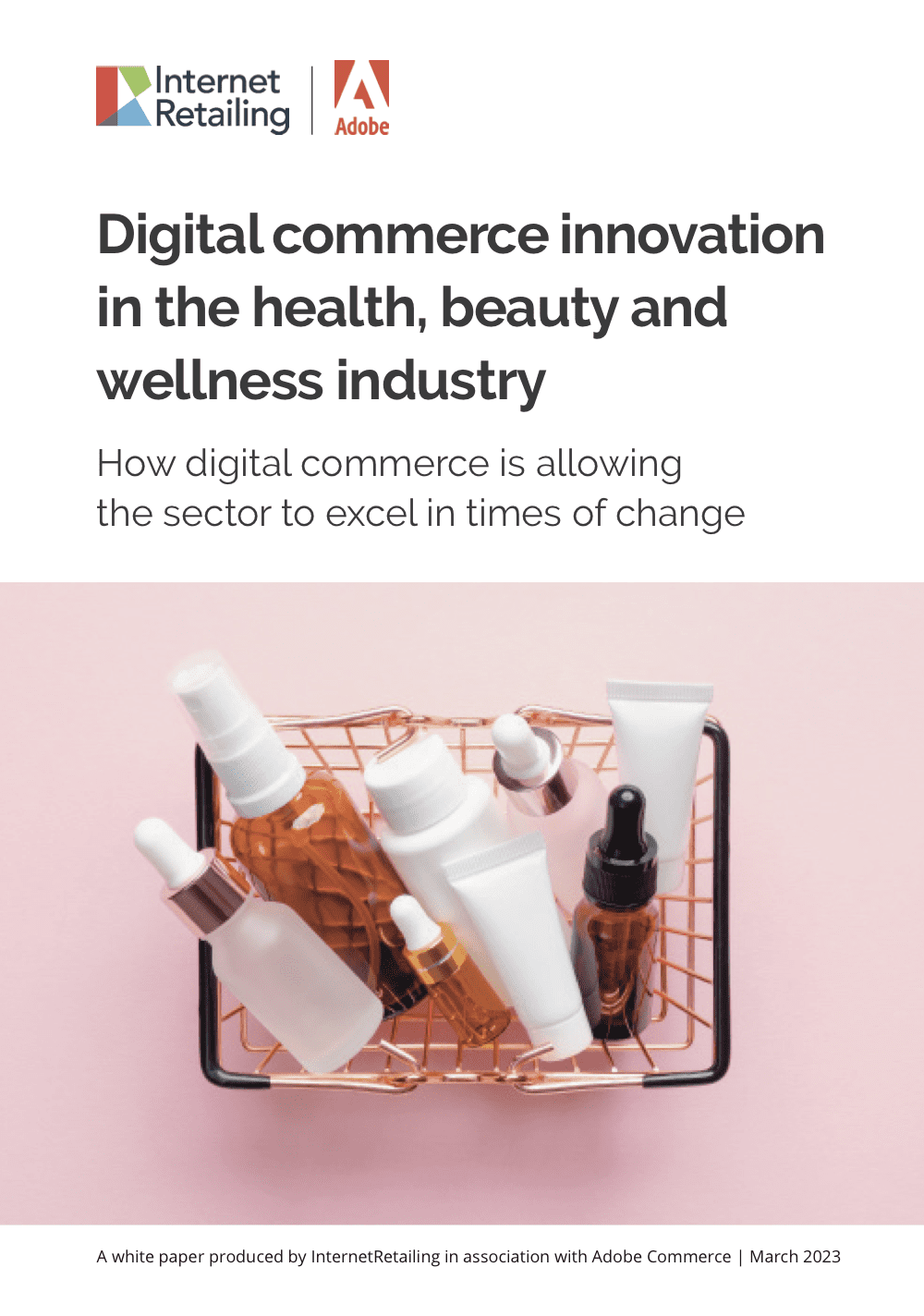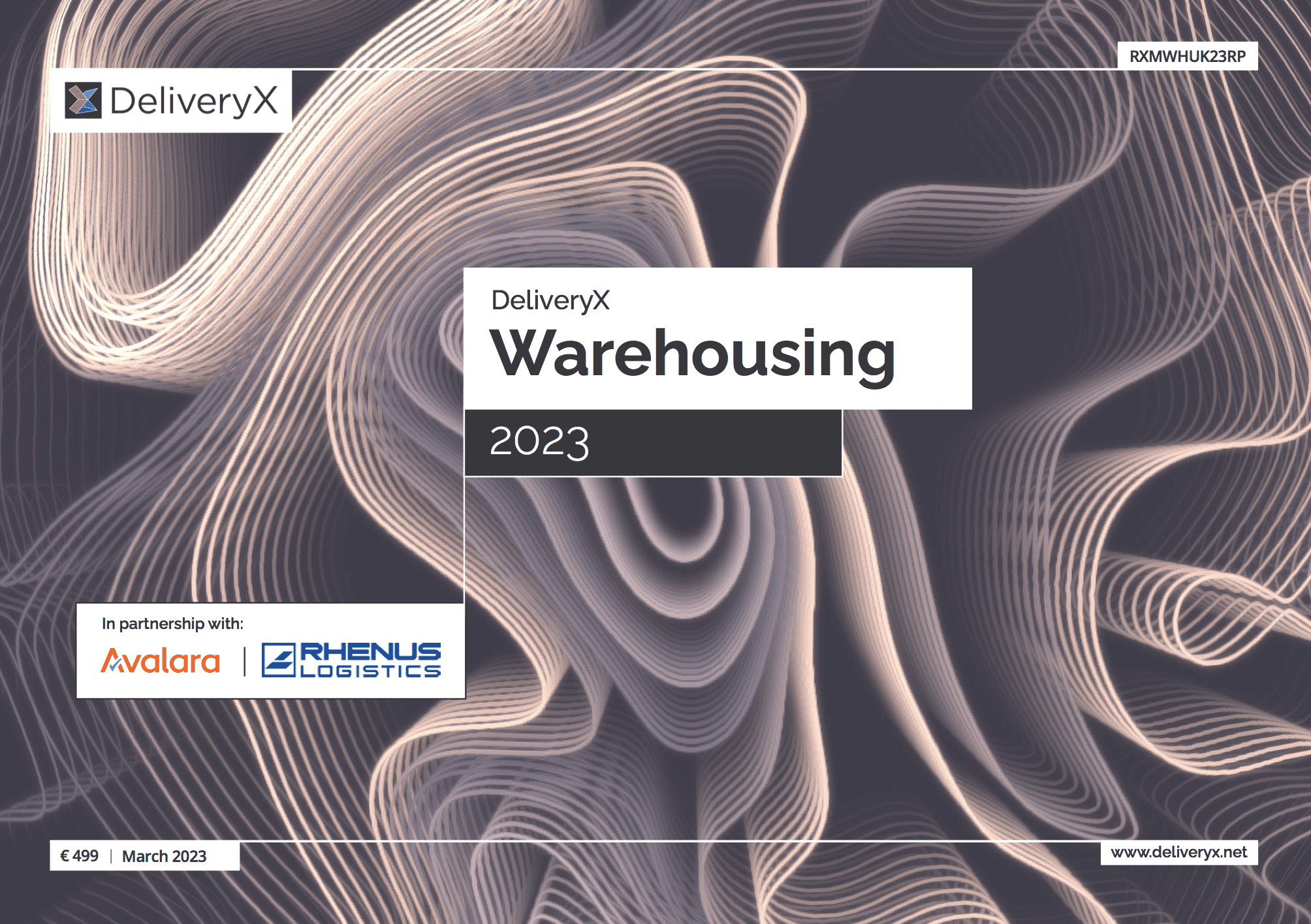Today’s customers have high expectations around retail and in particular the delivery experience. They want their products fast, at their convenience and on their terms. The expectations around delivery have been reinvented, with an appetite fuelled by the experience offered by service-based companies from Airbnb to Deliveroo, as well as directly competing retailers such as Amazon.
In this whitepaper we look at the increased expectations from customers and what that means for the modern logistics infrastructures that are required to support them. We examine what the architecture might look like, as well as the business case for investing in it to show retailers that in order to thrive, they really do need to become more service-focused.
Included in this whitepaper:
- Customer expectation: How service innovators are redefining what customers demand when it comes to delivery
- How retailers and brands are turning their logistics from an overhead into a valued customer-facing service
- Featuring case studies from top retailers such as; Lush, Amazon, Missguided and John Lewis on how they are implementing new delivery strategies to meet customer expectations and improve customer experience
- The need to support a more flexible logistics infrastructure to ensure that retailers can change quickly and react accordingly to both customer need and desire
- The business benefits of a more customer-centric structure





